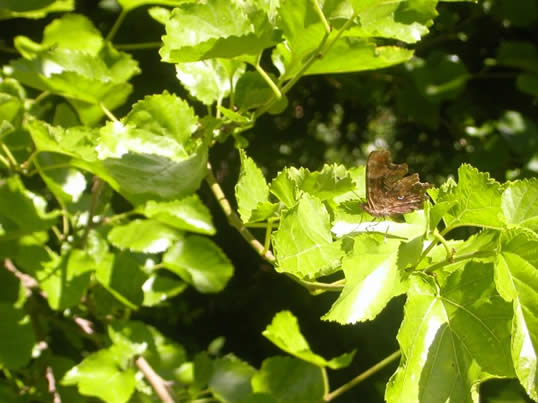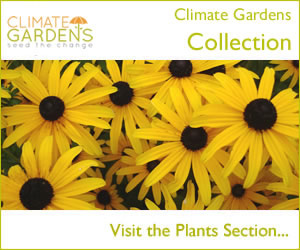Today was gloriously sunny and extremely hot – 30c by 2pm
The butterflies adored the hot air and spent the day flitting from tree to plant to flower in the muggy atmosphere.There were not so many bees but the ones I noticed seemed healthy and were busy dipping into various plants completely covering themselves in pollen . Recent predictions suggest that our bee population is under threat from the dreaded Colony Collapse Disorder which is spreading across America and could be starting to affect colonies in this country. http://www.guardian.co.uk/environment/2007/jun/27/society.conservation1
Bees are crucial to the eco structure of our gardens. It is not yet proven that climate change has any connection to the large numbers that have been disapearing. However, there is obviously cause for concern that our warmer winters may be confusing bees to leave their hives earlier and they often are hit by sudden cold weather in the spring – as was the case this year when temperatures in February were unusually high at 18c and then snow fell in April.
Another insect that is vital for pollination is the moth which some people find scary and unattractive but which can be extremely beautiful. One of the most impressive is the Humming-bird Hawk-moth which hovers like a tiny hummingbird to drink nectar from flowers. This moth is an excellent indicator of the effects of climate change on our native wildlife .In recent years the number of Humming-bird Hawk-moths arriving has increased and this moth is beginning to survive our warmer winters, at least in southern parts of Britain. Check out what this wonderful moth looks like at http://www.bbc.co.uk/radio4/worldonthemove/species/humming-bird-hawk-moth/where you can also track sightings of in your local area. You might enjoy good fortune if they pass your way as they are supposed to be lucky – apparently a swarm was observed crossing the English Channel towards England on the day of the D-Day landings in 1944.
If you are a moth fan you might also want to go to this brilliantly named site at http://www.gardenmothscount.co.uk where there is tons of information and pictures to help identify the various species now heading our way with climate change.
One of the best ways to attract moths at night is by planting lots of scented tobacco plants near to your house . They smell divine and do well in sunny or partially shaded position with fertile, well-drained soil.
 Common Name: Tobacco plant
Common Name: Tobacco plant
Genus: Nicotiana
Species: alata
Skill Level: Experienced
Exposure: Full sun, Partial shade
Hardiness: Tender
Soil type: Well-drained/light, Moist
Height: 150cm
Spread: 30cm
Time to plant seeds: February to March
Flowering period:July to September
During the day the blooms wilt, but from early evening onwards, they perk up and emit a seductive fragrance.
http://www.bbc.co.uk/gardening/plants/plant_finder/plant_pages/3532.shtml











July 31st, 2008 at 12:54 am
Great tips on how to attract moths! I love Nicotiana, it smells great.